Raised bed systems are especially suitable for establishing organic farming, to effectively produce fresh quality fresh and crops. They are also appropriate for growing vegetables and when used properly since it is possible to prepare the soil in a particular way and have the garden always easily accessible you are able to get the best yields.
What is Raised Beds?
Raised beds are planting beds that are established above the ground or more specifically above the existing ground level or natural soil. The raised beds are located above the ground whereby which helps in evaluating the drainage system, controlling weeds and disease, and the management of gardening. Similarly, the beds are often found to vary in width from 3-4 feet as this makes it easy to crawl on from one side or the other.
If you are looking for the right crops to cultivate, you may want to consider the following 10 vegetables that are great to be grown in raised beds:
1. Tomatoes
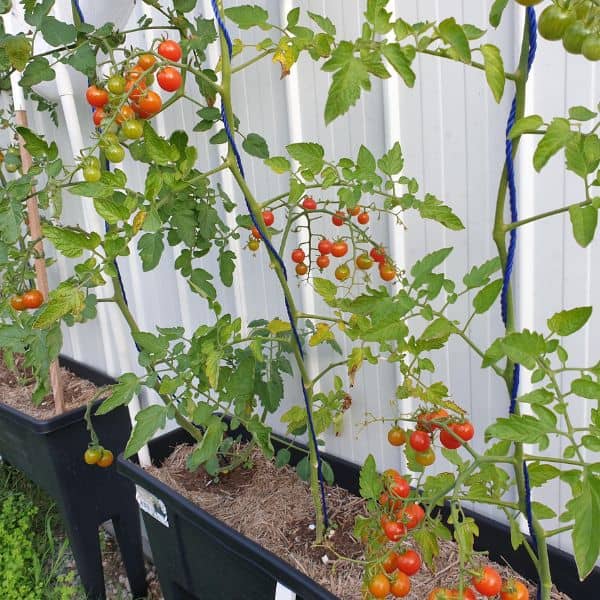
Tomatoes are among the most commonly cultivated “fruits to grow in raised beds”. You should make sure that the bed should be exposed to direct sunlight for at least six hours daily. These warm-season fruits grow well in raised beds since the heat from the sun heats the soil faster and the water drains faster than in the actual ground.
2. Green Beans
Green beans are another productive raised bed plant, which is relatively easy to grow, grows better in well-watered conditions and does well in raised beds that have good compost mixed into them.
Harvest the beans early and repeatedly so that the plant can be inspired to produce more beans.
3. Leafy Greens
Vegetables such as lettuce, kale, spinach, arugula, and Swiss chard perform well when grown in raised garden beds. Grow them closely so that they are able to make most of the upward space available. These crops are normally produced from seed in the cold months of spring and fall.
4. Carrots and Radishes
Carrots and Radishes are a type of root vegetable that can be grown easily in gardens, especially if the soil in the garden is loose and free of rocks which is what raised beds offer. Seeds are planted as soon as the soil is ready for cultivation in the spring.
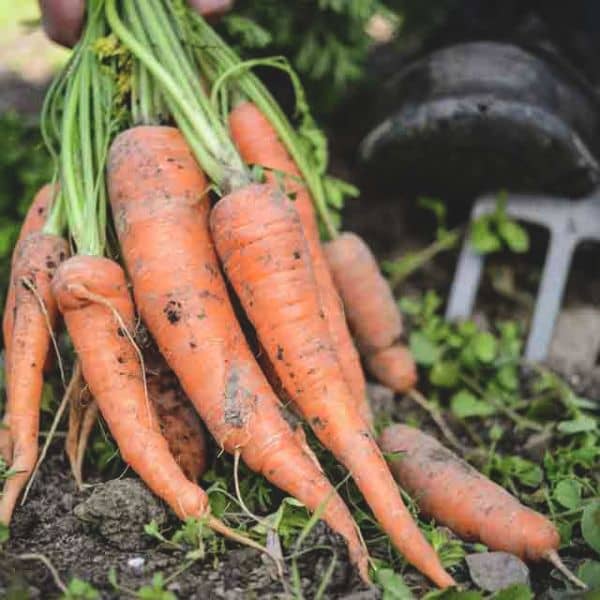
Ensure that the bed remains moist at all times in order to produce straight and tough roots, also place protective row covers on top of the crop to avoid root maggot damage.
5. Cucumbers
Cucumbers are likely to grow faster in the warm, well-drained soil of raised garden beds. Dig the ground sufficiently for it to produce enough compost. Water the plants frequently but avoid overwatering the plants, particularly when the flowers are appearing or fruits are growing.
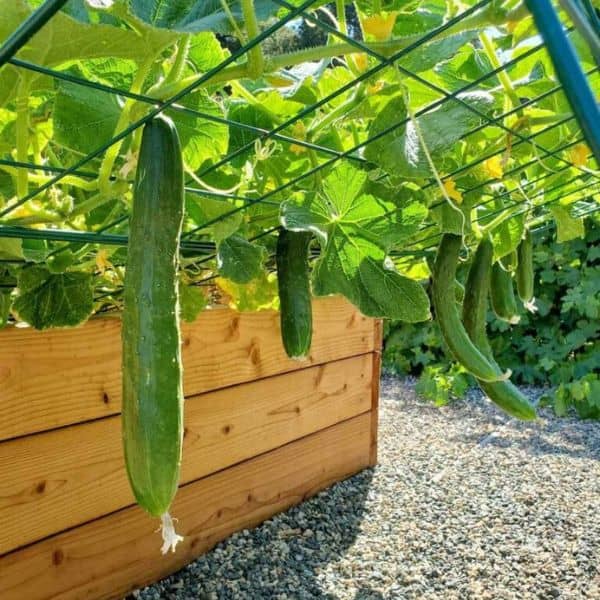
Moreover, cucumbers should be harvested while young and green, ripe, tender, and not more than 6-8 inches in length.
Read more on, How to Grow and Care for Carrot Grown in a Container?
6. Eggplant
Eggplants are warm-season plants that prefer hot locations and well-draining, nutrient-dense soil which is ideally provided by a raised bed. It is grown as a perennial plant, you can grow it over and over again because it doesn’t get killed by the cold.
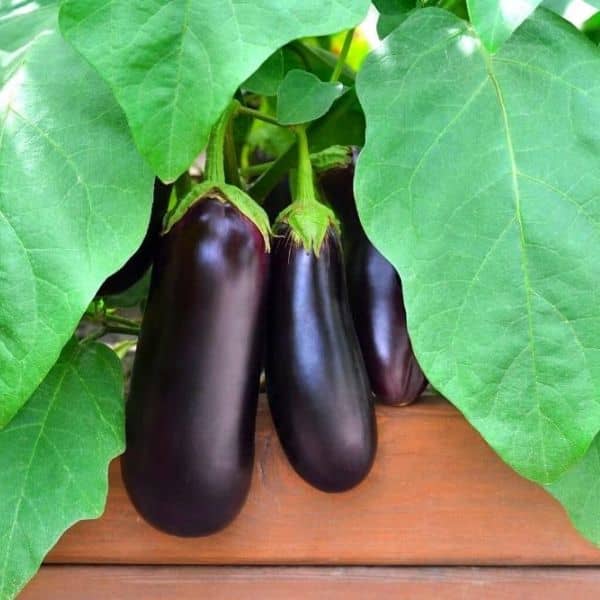
Germinate seeds indoors at 70-75°F in seed starting mix 8-10 weeks before the last frost. Plant it in rows or holes 45-60cm apart, or in rows 60-90cm apart if the weather is hot.
7. Peppers
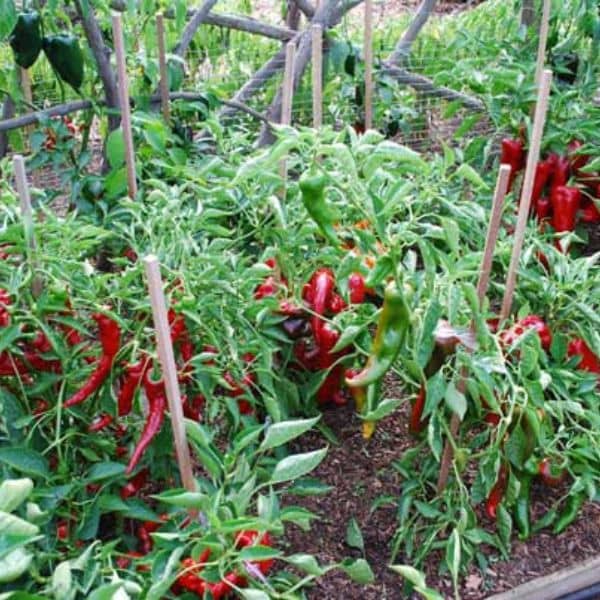
You can grow bell peppers or chili peppers in raised beds, as peppers are sun-loving, in order to produce they will need a minimum of six hours of direct unfiltered sunshine every single day. Plant the seeds inside under proper conditions approx 2-3 months before the frost of the season, and later transplant in bed 18-24 inches apart in rows when the soil has warmed up.
8. Kale
Kale is a veggie that you can grow in your raised beds pretty much year-round in almost all climates but in the oldest climates, you are gonna be able to grow kale through the winter in raised beds.
The soil of water kale should be moist at all times but not more waterlogged, also organic matter can be used to retain moisture in the soil as well as to improve soil structure.
9. Onions
Onions are perfect in raised beds, if you’re growing the big bulb-style ones, it is nice for them to have some loose fertile soil to grow in, if you want to grow the scallions, the green onion-type ones, they are the nice compact crop that you re going to be able to harvest quite quickly, so think about what kind of onions you want.
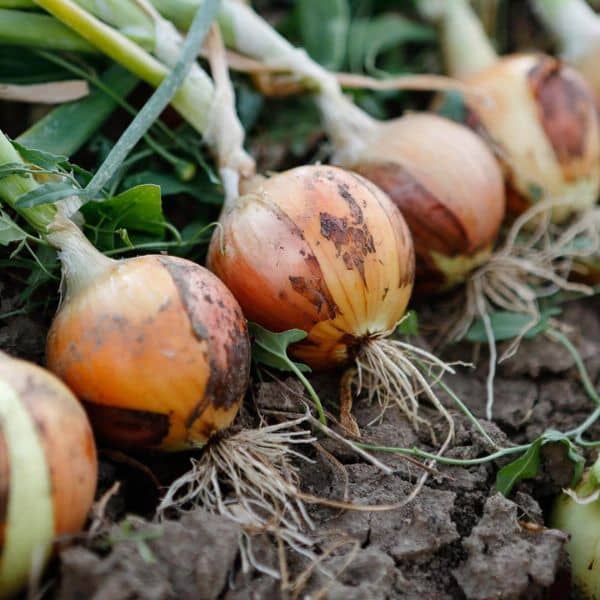
They can be planted from seed in early spring or by using sets. Bury them 1-2 inches deep in the soil and space them 2-4 inches apart in loose loamy soil.
10. Lettuce
Lettuce is a perfect crop for raised beds, you can grow it year-round in a surprising number of climates. There is a ton of different kinds of lettuce you can grow and all of them are going to go really well in raised beds and you are going be able to have your own fresh greens all the time which is incredible! It is good to note that they thrive well under partial shade and prefer moist soil, and since you can harvest single leaves, they produce all through several weeks.
FAQs
1. What are the best vegetables to grow in small raised beds?
Lettuce, Radishes, Spinach, Carrots, Beets, Bush beans, Peppers, Tomatoes, and Scallions are some of the best vegetables to grow in small raised beds.
2. What vegetables should not be grown in raised beds?
Some vegetables are less suitable for raised beds due to the growing habits or space requirements Corn, watermelon, pumpkins, potatoes, asparagus, and many more.
3. What are the benefits of growing vegetables in raised beds?
Raised beds offer better drainage, improve soil quality, and easier weed control, and also reduce soil compaction, and can be placed in areas with poor soil or limited space.
